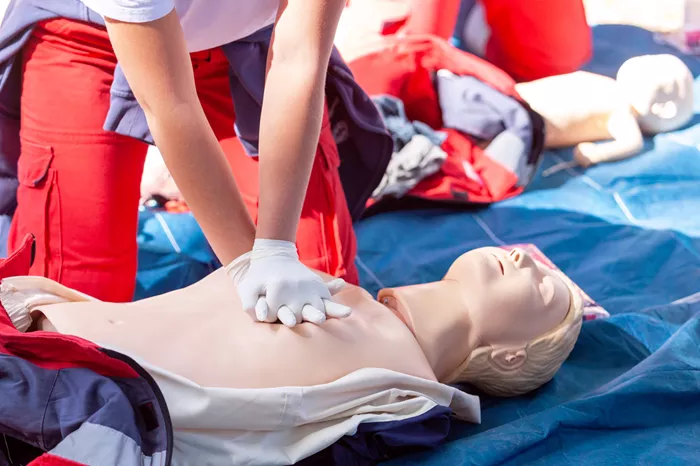Cardiopulmonary resuscitation (CPR) is a lifesaving skill that everyone should know. In emergencies, CPR can significantly improve the chances of survival before professional help arrives. These 12 CPR facts provide a better understanding of how and when to perform CPR, as well as why it’s so essential.
12 Worth Knowing CPR Facts
1. CPR Can Double or Triple Survival Rates
Performing CPR on someone who has stopped breathing or whose heart has stopped can double or even triple their chances of survival. Studies show that immediate CPR can make all the difference in a life-or-death situation by maintaining blood flow to vital organs until emergency responders arrive.
2. CPR Doesn’t Always Involve Mouth-to-Mouth
Modern CPR guidelines emphasize hands-only CPR for adults. You don’t need to perform mouth-to-mouth resuscitation, especially if you’re not trained. The key is to perform chest compressions continuously, aiming for 100-120 compressions per minute, keeping the blood circulating to the brain and heart.
3. CPR Is Not Just for Heart Attacks
CPR is often associated with heart attacks, but it’s also crucial for victims of drowning, choking, or electrical shock. In all these cases, CPR helps maintain vital circulation, ensuring the brain gets enough oxygen until normal heart rhythm is restored or emergency help arrives.
4. Chest Compressions Are Key
The most important part of CPR is chest compressions. By pressing hard and fast on the chest (about 2 inches deep), you help pump blood to the heart and brain. Effective compressions are more important than rescue breaths, especially for untrained bystanders.
5. CPR Can Be Performed on Children and Infants
CPR is not only for adults. Children and infants require modified techniques. For infants, use two fingers to perform compressions, and for children, use one hand. Proper training is critical to ensure you’re using the correct methods for different age groups.
6. Bystanders Can Save Lives
You don’t need to be a medical professional to perform CPR. In fact, bystanders who act immediately can make a huge difference. Studies show that people who witness a cardiac arrest and begin CPR before emergency responders arrive significantly improve the victim’s odds of survival.
7. The Survival Rate Drops Every Minute
For every minute without CPR or defibrillation, the chances of survival decrease by approximately 10%. That’s why immediate action is so important. The quicker you can start CPR and use an automated external defibrillator (AED) if available, the better the outcome for the victim.
8. CPR Can Be Physically Demanding
Performing CPR for an extended period can be physically demanding, especially for untrained people. Chest compressions require significant strength, so it’s essential to switch with someone else if you can. Fatigue can reduce the effectiveness of compressions, so keep alternating when possible.
9. CPR is Effective Even for Long Durations
While the general belief is that CPR only works for a short period, studies show that CPR can be effective for longer durations, especially if done correctly. In fact, cases have been documented where CPR performed for over an hour has resulted in successful resuscitation.
10. CPR Can Help During Sudden Cardiac Arrest
Sudden cardiac arrest (SCA) is a condition in which the heart unexpectedly stops beating, usually due to an electrical malfunction. Without immediate intervention, death can occur within minutes. CPR can keep blood circulating, and an AED can help shock the heart back into rhythm, increasing the chances of survival.
11. You Shouldn’t Be Afraid to Perform CPR
It’s common to feel anxious about performing CPR, but you shouldn’t let fear hold you back. Performing CPR can be intimidating, but it’s far better to attempt it than do nothing at all. The risk of doing harm is minimal, and the potential to save a life is significant.
12. CPR Training is Available for Everyone
CPR training is widely accessible, and it’s recommended for everyone. Organizations like the American Heart Association and the Red Cross offer courses that teach how to perform CPR effectively, both for adults and children. Getting certified could make the difference between life and death in an emergency.
In Conclusion
CPR is a critical life-saving skill that everyone should learn. Whether it’s chest compressions or using an AED, knowing how to respond in an emergency can significantly increase a victim’s chance of survival. With proper training and immediate action, you can be the difference in saving a life when it matters most.
Related articles:


